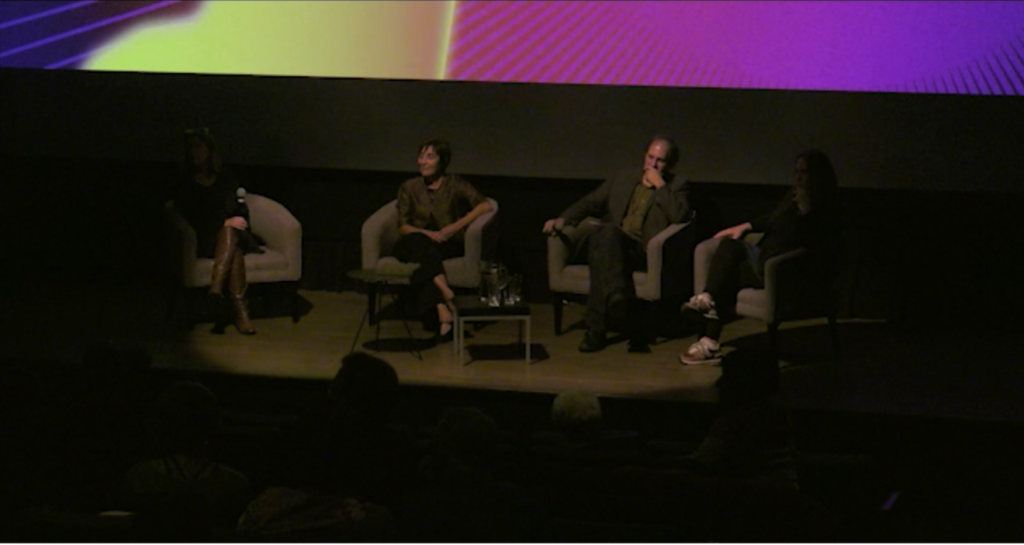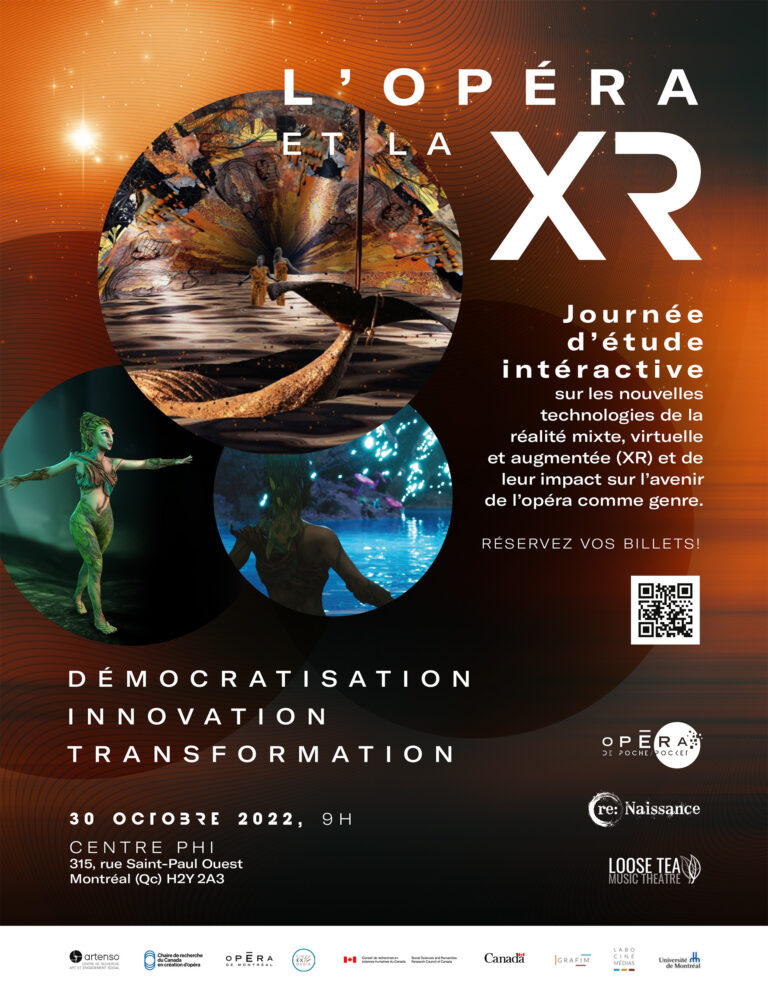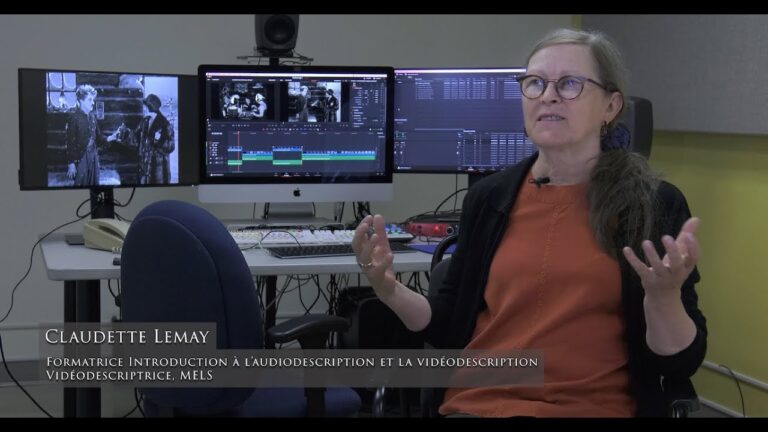A screening-discussion shone light on the benefits and challenges of studying cinema through the prism of the neurosciences.

Hugo Samson
On 11 October, as part of the Festival du nouveau cinéma, the cinEXmedia partnership presented the event “The Brain Makes Its Cinema,” in partnership with the Montreal Neurological Institute-Hospital (Neuro). The evening, which began with a screening of the film Samsara (29023) by the Galcian filmmaker Lois Patiño, concluded with a panel discussion on the intersections between the neurosciences and the cinema and the impact of rhythm on the human brain.
Santiago Hidalgo, Executive Director of Laboratoire CinéMédia, moderated the discussion in which three researchers at the Université de Montréal participated: Ana Inés Ansaldo, a researcher in the neurosciences of communication and ageing at the Centre de recherche de l’Institut universitaire de gériatrie de Montréal; Sarah Lippée, a researcher in neurodevelopment at the CHU Sainte-Justine; and Isabelle Raynauld, a filmmaker, cinema studies scholar and co-director of the cinEXmedia partnership.
Sciences and Cinema
For Hidalgo, the idea of connecting the cognitive sciences and cinema arose from a personal situation. In his opening speech, he recounted that when he watched recent films with his children, the children often become agitated or less attentive, whereas they remain calm when watching films released some fifty years ago. How can this difference be accounted for?
Numerous studies have explored the cinematic experience from a neurosciences perspective. It has been shown in particular that the number of cuts in the editing of television programs can have a major influence on children showing symptoms of sensory processing sensitivity.
The discovery of mirror neurons by the Italian researcher Vittorio Gallese – who spoke last March at a cinEXmedia Distinguished Speakers event – has in addition made it possible to discover that anxiety in people suffering from dementia can be reduced by exposing them to positive emotions by means of audiovisual experiences.
These two examples brought to light during the panel discussion demonstrate the importance of considering the effects of the audiovisual experience on the human brain and of conceiving of it as a tool whose scope goes beyond mere entertainment.
The Challenges of Interdisciplinary Research
Santiago Hidalgo notes, however, that “the cinematic experience is difficult to study scientifically, because a film can be divided up into too great a number of distinct elements to be studied in a clinical setting, and because the clinical setting takes us away from the various places where the cinematic experience normally occurs.”
“A film screening is made up of a multitude of elements which can influence the cinematic experience,” he adds. “Among other things, there is the film itself, seeing the film with an audience and each person’s situation.”
Because the study of cinematic and aesthetic experiences is qualitative in nature, it can prove difficult to integrate such study into the quantitative methods practised in the natural sciences. “Although it may be possible to identify each individual element which acts upon the cinematic experience – the editing, the colours, the camera movements, the characters, their expressions – there is always the risk of losing sight of the overall portrait.”
Finding Innovative Solutions
Joining the arts and the sciences in a research context is thus a considerable task. Nevertheless, this kind of undertaking has proved to be highly rewarding for the researchers invited to the panel discussion.
Sarah Lippé, for example, reported that she had found innovative and original solutions to problems which she had previously thought unsolvable.
Ana Inés Ansaldo, for her part, observed that this kind of research “engenders humility.” She maintains that the fact of bringing together multiple perspectives in one team or laboratory reinforces the development of “new languages” for researchers and enables them to confront unusual realities.
Isabelle Raynaud, who has made two documentaries on the human brain, also emphasised that cinema could bring scientific research and its impact on society to light.
Slow Cinema
The panel discussion also addressed slow cinema and its effects on the brain. A film such as Samsara, which pertains to this cinematic genre, “appears like an act of resistance against the acceleration of life,” Santiago Hidalgo declared. “It enables us to be in the present and to adopt a more meditative and attentive state of mind.” The study of this kind of cinema is fully in keeping with cinEXmedia’s research focus, one of whose objectives is to highlight the therapeutic effects of the cinematic experience.


